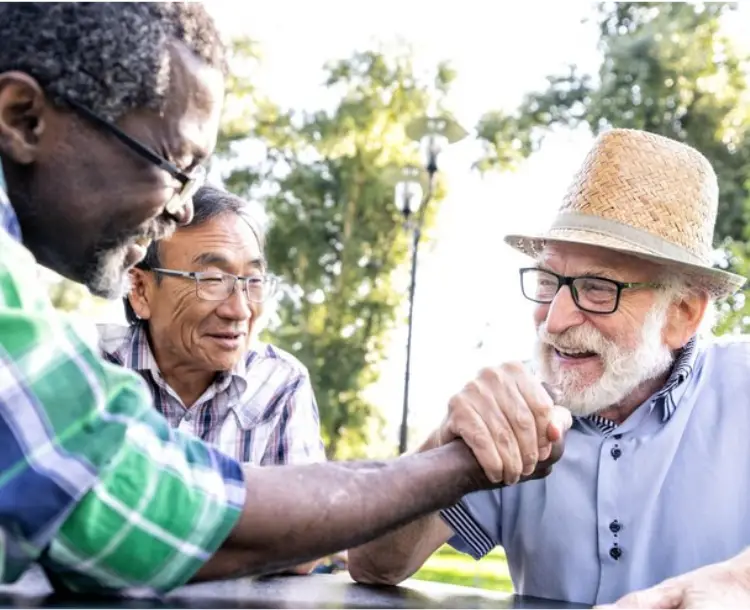In today’s rapidly evolving world, technology for seniors has become a vital enabler of independence, health, and dignity. As the global aging population increases, the urgency for inclusive, supportive, and empowering solutions has never been greater. This digital transformation is not just about gadgets—it’s about enhancing the quality of life, helping older adults live with security, confidence, and joy. The Global Aging Trend and the Rise of Senior-Focused Technology By 2050, the number of people aged 60 and above is expected to more than double, reaching over 2 billion. This significant demographic shift presents both challenges and opportunities. One of the most promising solutions lies in the integration of smart technology for elderly care into everyday life—helping older adults retain autonomy, maintain health, and age with dignity. How Smart Technology Is Supporting Older Adults Innovations in health tech and senior safety have transformed the way older adults experience aging. Devices like smartwatches and wearable trackers now provide real-time health data, enabling seniors to monitor chronic conditions, stay on top of medications, and even consult doctors through telemedicine platforms—all from the comfort of their homes. Safety is another area where digital tools are making a substantial impact. Fall detection, emergency SOS buttons, and GPS-based location tracking offer immediate assistance and peace of mind. These senior safety devices ensure that help is always just a click away, which is especially critical for those living alone. In terms of daily living, smart solutions are helping seniors maintain structure and independence. Reminder notifications, check-in features, and inactivity alerts help caregivers stay informed while promoting consistent, healthy routines without compromising privacy. Staying Connected: Social and Emotional Benefits Loneliness is a serious concern among older adults, but digital tools for seniors are bridging the gap. User-friendly apps, video calling platforms, and voice assistants have made it easier than ever to stay in touch with family and friends. Seniors can now engage in virtual communities, participate in online events, and maintain strong social ties—all with a few taps or voice commands. This level of connection does more than reduce isolation; it supports cognitive well-being and emotional health. By staying socially active, seniors often feel more purposeful and engaged, both of which are crucial for overall quality of life. Personal Safety, Mobility, and Peace of Mind Advanced features like geo-fencing, movement tracking, and low battery alerts allow caregivers to ensure safety without being overly invasive. Seniors can enjoy greater mobility and freedom, knowing that assistance is available if needed. These tools strike a balance between independence and security, empowering older adults to move confidently through their daily lives. More Than Safety: Enabling a Full, Engaged Life While much of the conversation around senior technology focuses on safety and health, the benefits go far beyond. Technology enables older adults to explore new hobbies, participate in lifelong learning, and contribute to digital communities. Whether attending a virtual book club or learning a new skill online, seniors are using tech to stay mentally sharp and socially active. Challenges and Opportunities Ahead Despite the growing availability of smart technology, barriers such as digital literacy, affordability, and accessibility persist. Many older adults still struggle to use advanced devices or access reliable internet. Solving these challenges will require joint efforts from developers, healthcare providers, caregivers, and policymakers. Creating technology for the elderly that is intuitive, affordable, and culturally inclusive is essential. Beyond building devices, we need to cultivate supportive ecosystems that promote lifelong learning, digital confidence, and tech-enabled wellness for seniors. Final Thoughts Empowering seniors through technology isn’t just a convenience—it’s a necessity in today’s aging society. As we continue to reimagine aging in the digital era, technology will play a central role in promoting independence, safety, and human connection. With thoughtful innovation and empathy, we can ensure that aging is not just about living longer—but living better.










